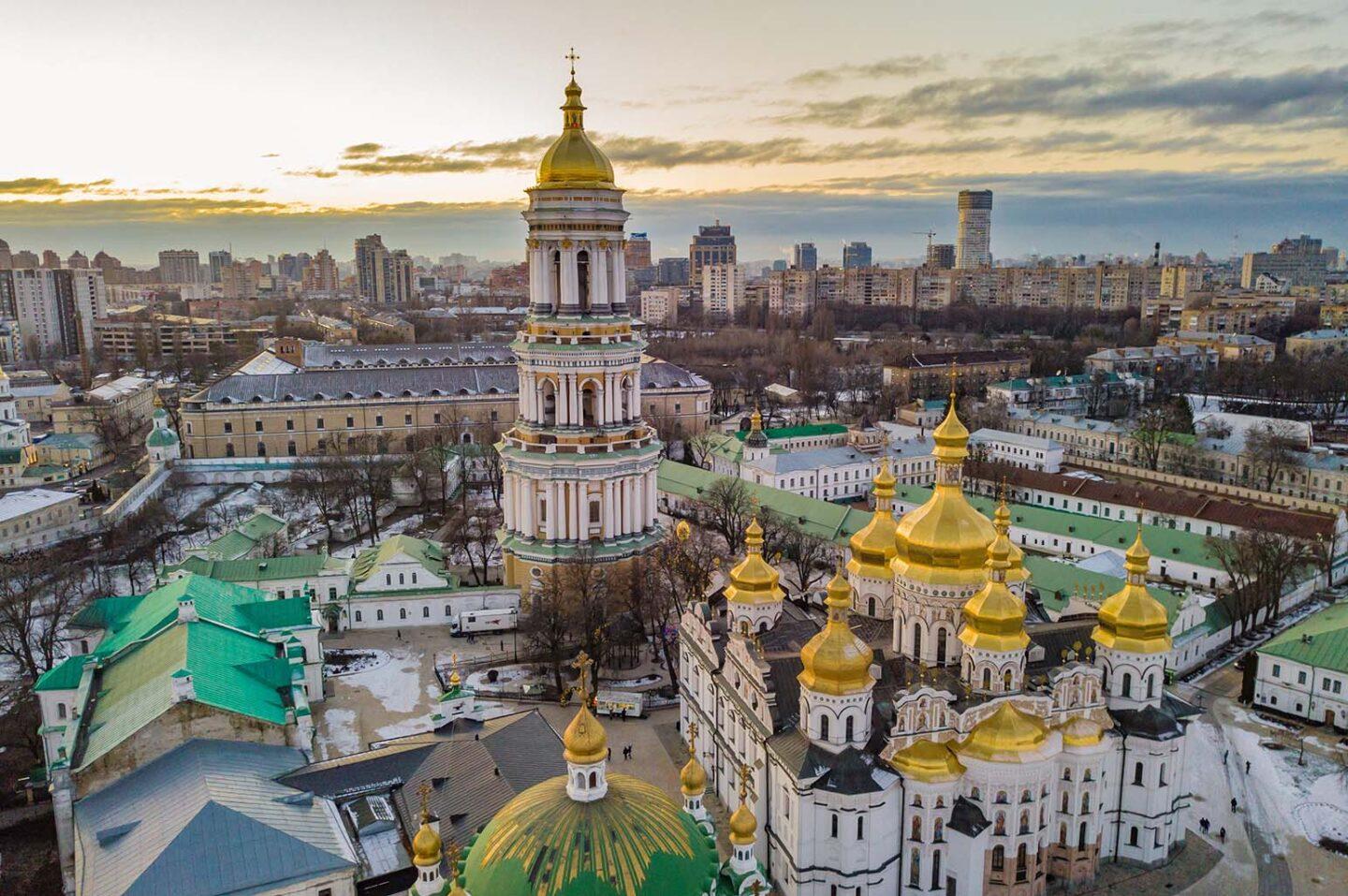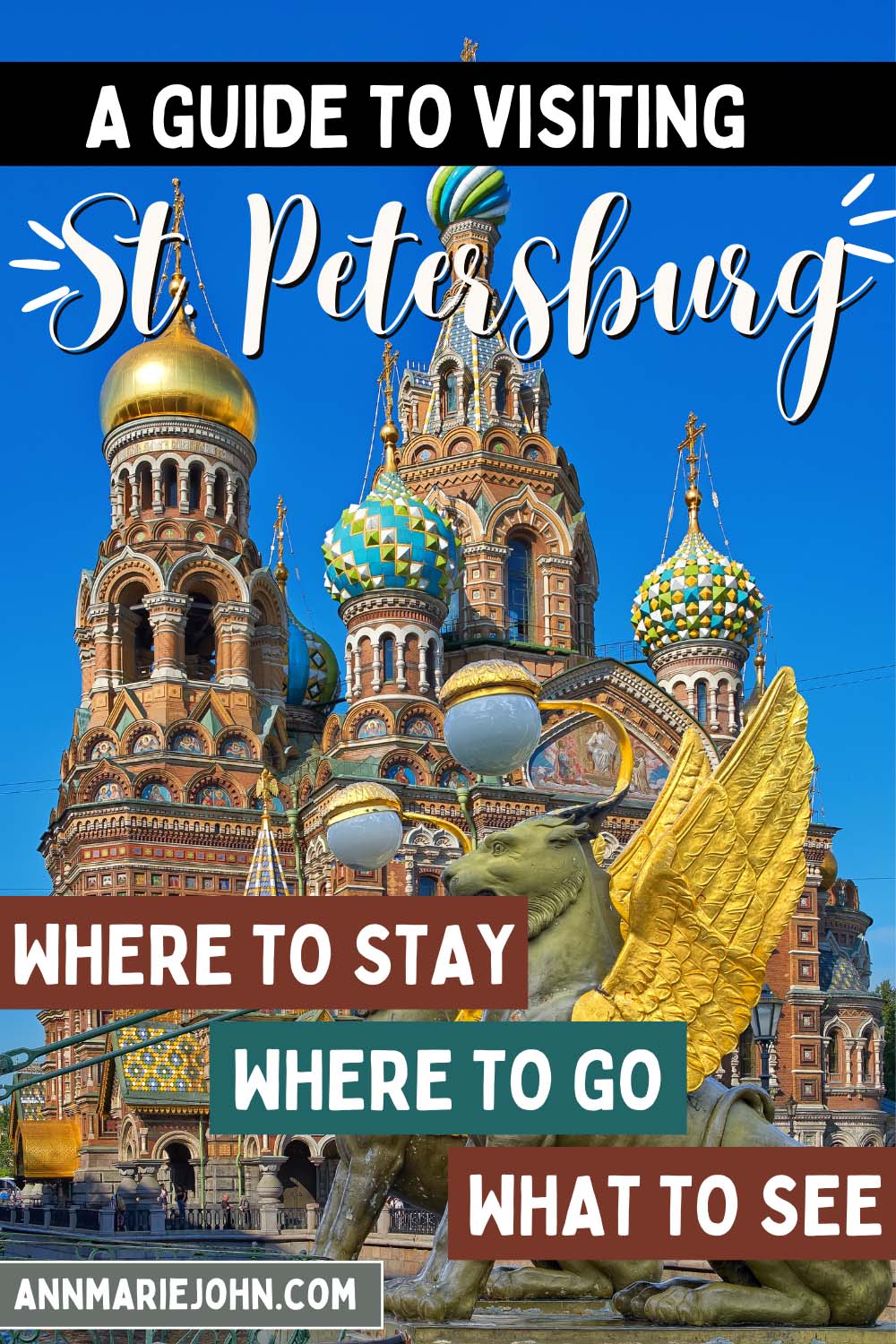Explore the beautiful city of St Petersburg and discover a world of architectural wonders, stunning landscapes, and unforgettable cultural experiences. Get your trip off to a great start with our essential guide!

St. Petersburg, also known as the “Venice of the North,” is a beautiful city filled with culture, history, and stunning architecture. From the Hermitage Museum to the Church of the Savior on Spilled Blood, there are endless attractions to explore. If you’re planning a trip to St. Petersburg, here are some tips to make the most of your visit.

Visa Requirements
Firstly, it is important to note that most foreign visitors to Russia require a visa. To obtain a visa, you will need to provide a letter of invitation, which can be obtained through a travel agency or hotel. You will also need to submit your passport and visa application and pay a fee. It is recommended that you apply for your Russia visa at least a month in advance to allow sufficient processing time.
When to Visit
St. Petersburg has a temperate climate, with warm summers and cold winters. The best time to visit is from May to September, when the days are long, and the weather is mild. During this time, the city comes alive with festivals, such as the White Nights Festival in June, which celebrates the summer solstice with music, dance, and fireworks. However, keep in mind that this is also the peak tourist season, so be prepared for crowds and higher prices.
Getting Around
St. Petersburg is a large city, but most of the main attractions are located in the historic city center, which is easily walkable. The city also has an extensive public transportation system, including buses, trams, and a metro system with five lines. The metro is the fastest and most efficient way to travel around the city, with trains running every few minutes from early morning until midnight. Taxis are also available, but be sure to negotiate the fare before getting in.
Where to Stay
St. Petersburg has a wide range of accommodation options, from budget hostels to luxury hotels. If you’re looking for a central location, consider staying in the Nevsky Prospekt area, which is the main street of the city and is home to many shops, restaurants, and attractions. For a more upscale experience, consider the Four Seasons Hotel Lion Palace or the Belmond Grand Hotel Europe.
What to See
St. Petersburg is home to many world-famous attractions, including the Hermitage Museum, which is one of the largest and oldest museums in the world. The museum houses over three million items, including works of art and artifacts from all over the world. The Church of the Savior on Spilled Blood is another must-see attraction, with its colorful onion domes and intricate mosaics.
Other notable attractions include the Peter and Paul Fortress, which houses the tombs of the Romanov dynasty, and St. Isaac’s Cathedral, which offers panoramic views of the city from its observation deck. The Mariinsky Theatre is also worth a visit, with its impressive performances of ballet and opera.
What to Eat
Russian cuisine is hearty and flavorful, with a focus on meat, potatoes, and vegetables. Some popular dishes to try include borscht, a beetroot soup, pelmeni, meat-filled dumplings, and blini, thin pancakes often served with caviar or sour cream. For a sweet treat, try the famous Russian honey cake, medovik.
Where to Shop
St. Petersburg is a shopper’s paradise, with a wide range of boutiques, department stores, and markets. The Nevsky Prospekt area is home to many international brands, while the Kuznechny Market is a great place to shop for souvenirs and local products. For a more upscale shopping experience, head to the Bolshoy Gostiny Dvor, a historic shopping center with over 300 shops and restaurants.
Safety Tips
St. Petersburg is generally a safe city for tourists, but like any major city, it is important to take precautions to ensure your safety. Here are some tips to keep in mind:
Be aware of your surroundings, especially in crowded areas and at tourist attractions.
Keep your valuables, such as your passport and money, in a safe place, such as a hotel safe.
Avoid walking alone at night, especially in poorly lit areas.
Use licensed taxis or ride-hailing services, and be sure to negotiate the fare before getting in.
Be cautious of pickpockets, especially in crowded areas and on public transportation.
Be respectful of local customs and laws, and avoid discussing sensitive political topics.
In Conclusion
St. Petersburg is a beautiful city filled with history, culture, and stunning architecture. With so many attractions to see and things to do, it is important to plan your travel carefully to make the most of your time there. Be sure to obtain the necessary visa and take precautions to ensure your safety. With a little preparation and a spirit of adventure, your trip to St. Petersburg is sure to be an unforgettable experience.
